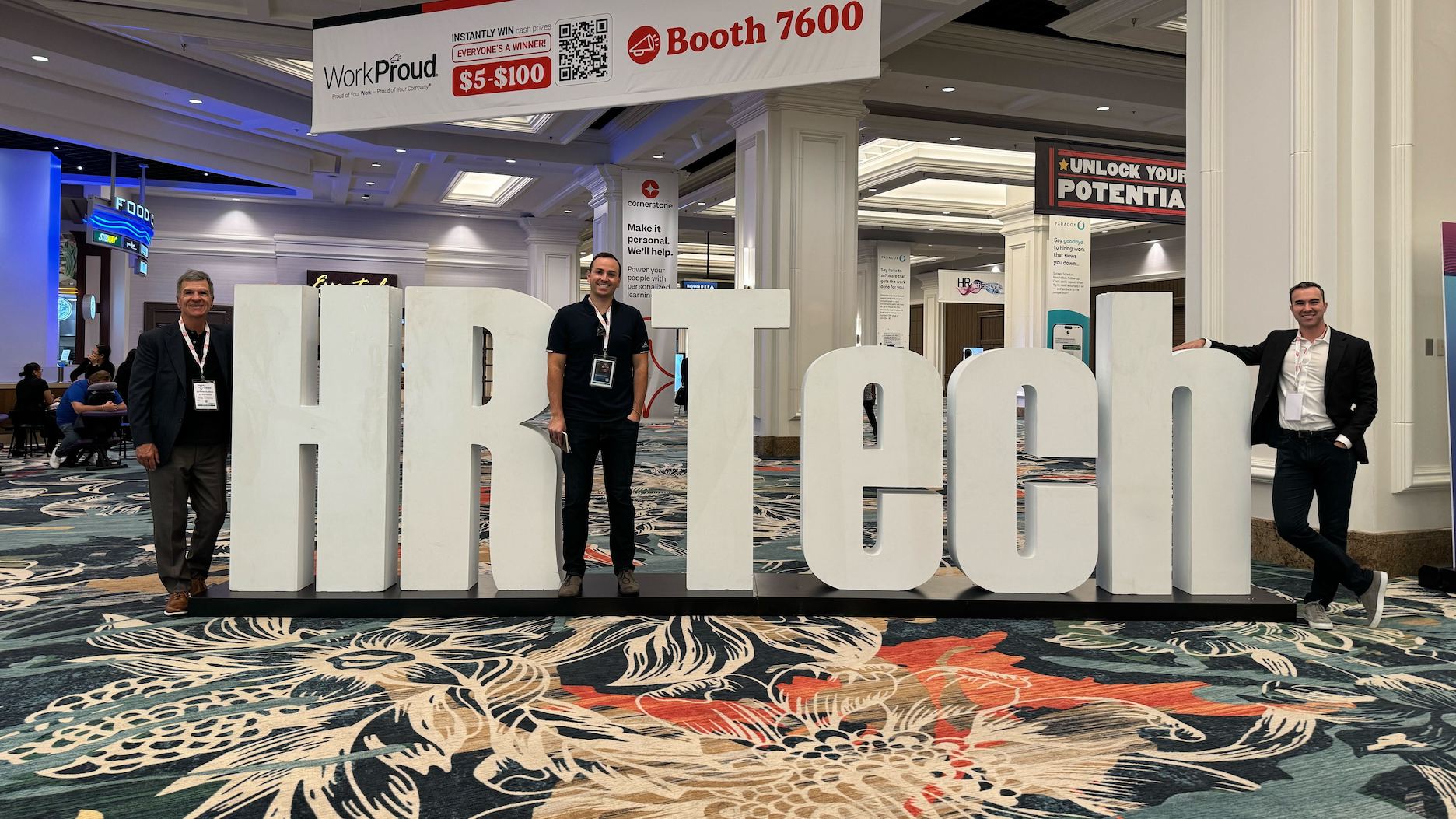Employers are increasingly offering perks and benefits to satisfy and retain employees, and it’s widely known that helping with financial wellness is near the top of the list. Rising interest rates and inflation are putting a strain on people, and companies, for example Amazon and Delta, are developing financial wellness programs to aid employees.
Payroll Integrations is one of the startups providing ways for employers to support their employees’ financial wellness. The San Diego-based company was founded by Doug Sabella and Andrew Hallengren in 2016.
Hallengren was previously a registered investment advisor working in the benefits space and noticed there was lack of automation in the sector. He reached out to his old friend Sabella, who was working at Salesforce at the time, to see where the gaps were. Payroll Integrations came from continued discussions, Sabella told TechCrunch.
Over the past seven years, the pair built integrations with the largest payroll companies in the U.S. to provide a direct two-way connection between payroll and benefits automation as an integration platform-as-a-service (iPaaS).
Payroll Integrations’ proprietary technology ingests employee census and payroll data from those payroll companies. Then it converts relevant data into a structured, ready-to-use format for employers. This is so employers can connect payroll with retirement, health savings accounts and other benefit plans, but without the typically manual process of tracking payroll and census changes each pay period, Sabella said.
When comparing his company to others like Merge and Finch, Sabella said those have more of a developer focus, while Payroll Integrations works to provide communication between benefits providers and large enterprise organizations where none existed previously.

Payroll Integrations executives, from left, Jeff Kayajanian, Doug Sabella and Kevin McCarthy. Image Credits: Payroll Integrations
“There’s a lot of interest in the concept and the space as a whole right now,” Sabella said. “That’s why we’re seeing a lot of players pop up into this space. We’ve carved out a really interesting niche for ourselves and see great success in that.”
Indeed, Payroll Integrations is among a big group. The financial wellness benefits market, already valued at $2 billion, is poised to reach $7 billion globally by 2032. That’s attracted other startups and venture capital into the space. For example, Minu, HoneyBee, Addition Wealth and Origin — to name a few — raised VC in the past three years for their own approaches to adding financial wellness to employee benefits.
Payroll Integrations, meanwhile, integrates with payroll and 401(k) providers, including ADP, Paychex, Empower and Transamerica. It also reached a milestone of processing 1 million employee benefits annually among over 4,000 companies. Payroll Integrations also tripled revenue in the past year while deploying a bootstrap budget, and Sabella expects to continue that momentum through 2024 and 2025.
Today it announced $20 million in Series A funding, led by growth equity firm Arthur Ventures, for that growth and approach.
Ryan Kruizenga, general partner at Arthur Ventures, said in an interview that Payroll Integrations “perfectly fit” into the firm’s investment thesis of business-to-business software companies that are high-growth and capital efficient.
“There’s not too many people building smooth integration platforms for vendors,” Kruizenga said. “For a smallish company in San Diego to be working with 80% of the market in terms of the large companies that they’re penetrating, it becomes a really interesting situation as an investor. They don’t have to go get hundreds or thousands of more logos, but can work on growing the relationships that are already there.”
Meanwhile, Sabella intends to deploy the new funding into product development and operations. He also expects to grow Payroll Integrations’ employee workforce by 50% in the next year.
Up next, the company is working on a software development kit for an even more streamlined and automated experience. It is also building out a platform for compliance with third-party administrators so employers can work with the U.S. Department of Labor and Internal Revenue Service to make sure a benefits plan is in compliance.
“There’s been a large initiative, from our perspective, just building out feature sets for all these different user personas to be able to leverage our data and the employer data to more effectively do their day jobs,” Sabella said. “We are also going to continue penetrating further into the benefits market and bolstering our relationships with payroll providers.”
